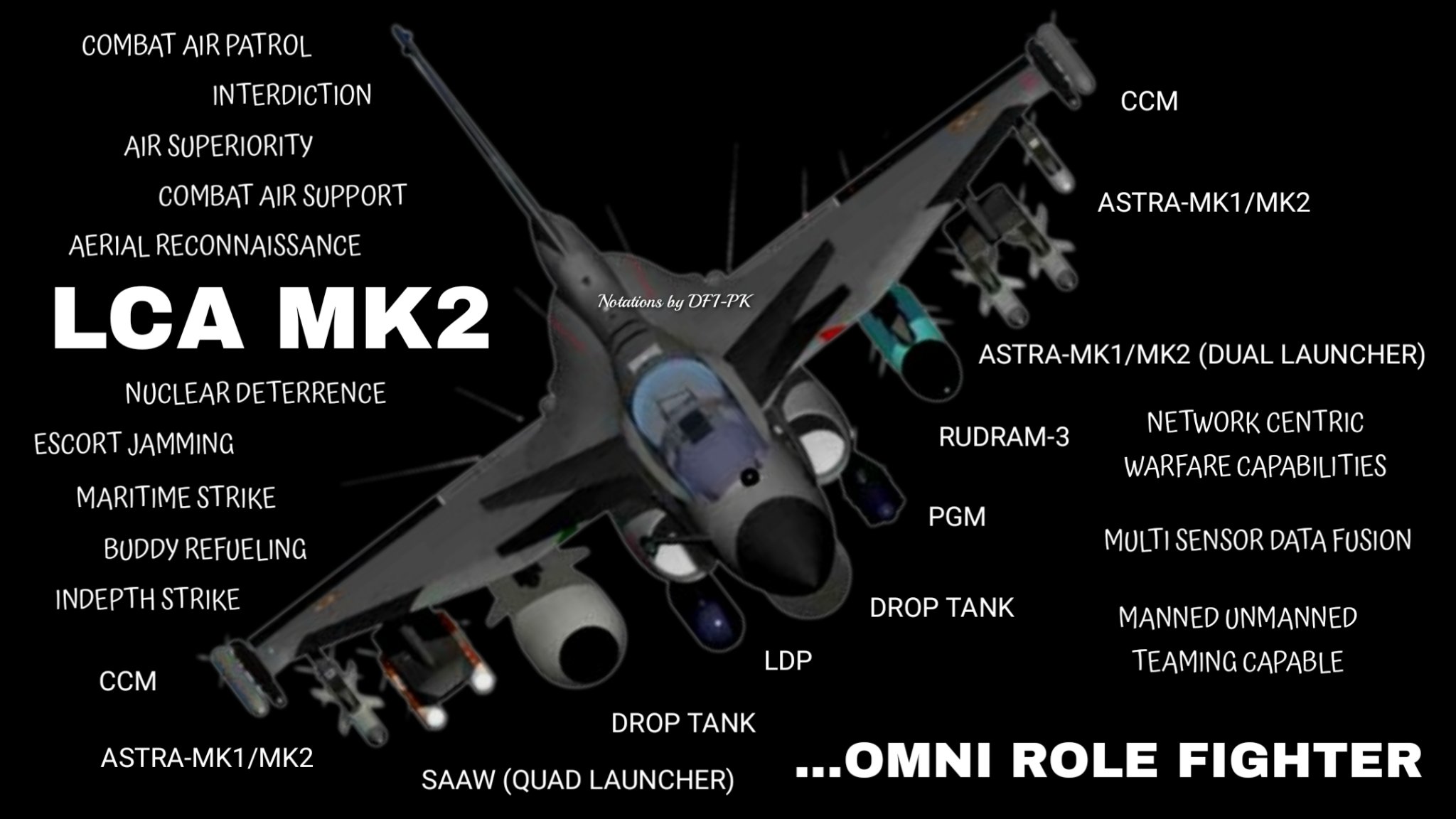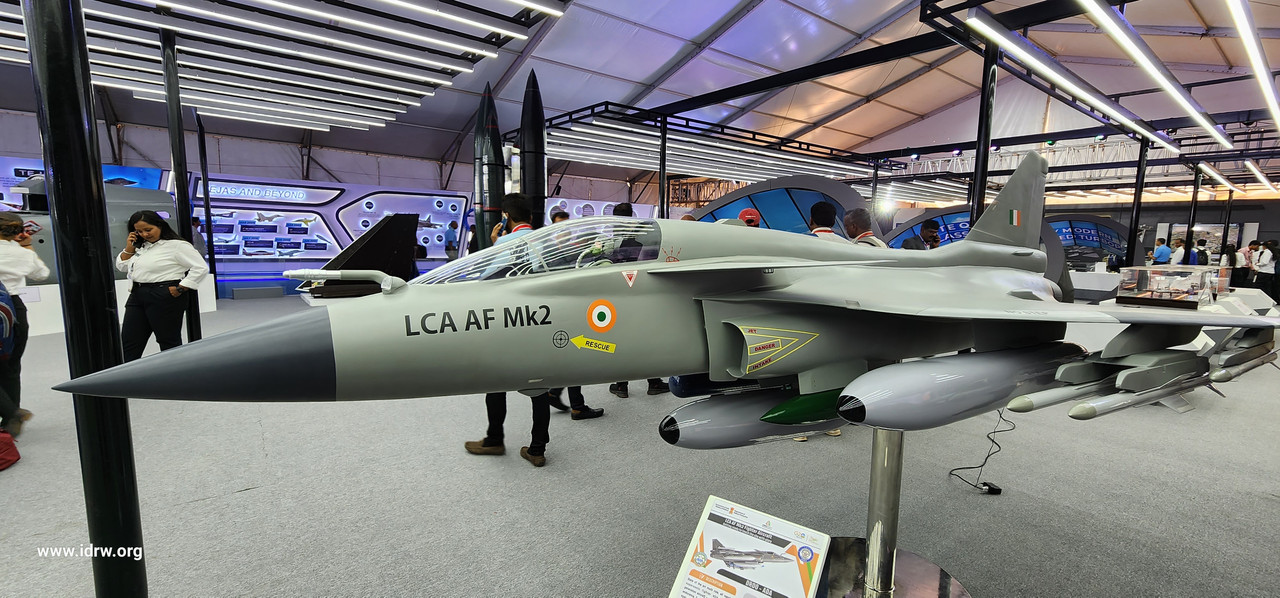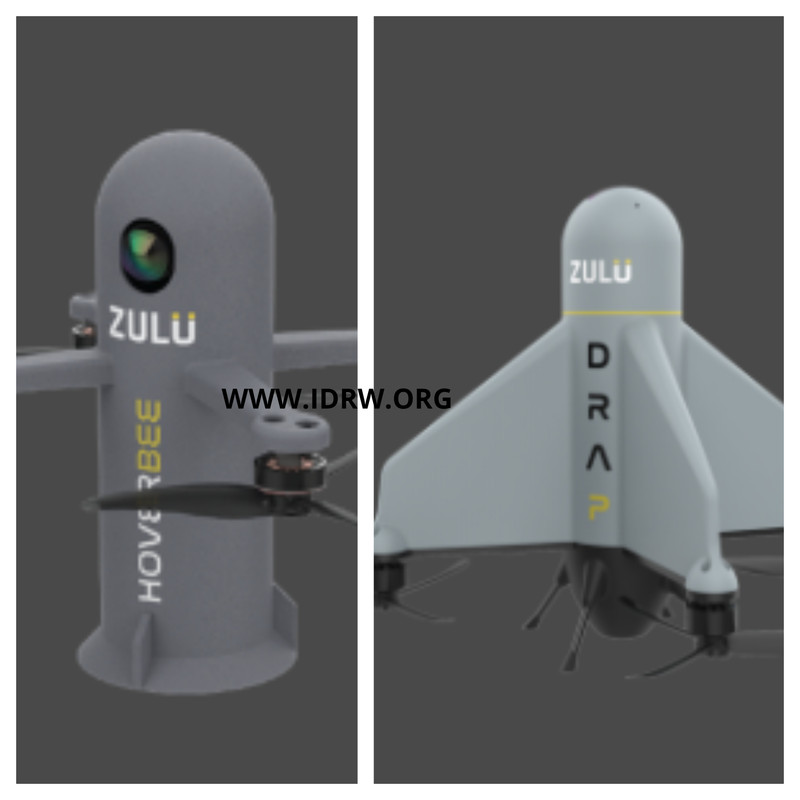SOURCE: AFI

India has marked another significant milestone in its burgeoning space industry with the commercialization of the LVM3 (Launch Vehicle Mark-3). This strategic move, according to experts, represents a critical step forward for India’s space capabilities at an opportune moment, potentially transforming the nation into a key player in the global space market.
The LVM3, also known as GSLV Mk III (Geosynchronous Satellite Launch Vehicle Mark III), is India’s heaviest and most powerful rocket. Developed by the Indian Space Research Organisation (ISRO), the LVM3 is capable of carrying heavy payloads to geostationary transfer orbit (GTO) and low Earth orbit (LEO). It has been instrumental in launching significant missions, including the Chandrayaan-2 lunar mission.
Continue readingSOURCE: IDRW.ORG.

The Indian Air Force (IAF) received a significant boost with the swift delivery of 15 RD33 series engines by Hindustan Aeronautics Limited (HAL) within a month of signing the contract. This rapid turnaround underscores the priority placed on upgrading the IAF’s MiG-29 fleet.
The Rs 5300 crore contract marks a major step towards modernizing the IAF’s fighter jets. The RD33 engines are expected to significantly enhance the performance and lifespan of the MiG-29UPG aircraft, bolstering India’s air defense capabilities.
Continue readingSOURCE: AFI
)
India’s military is taking a significant step towards greater integration with the deployment of senior officers to newly formed theater commands. These commands will see Brigadiers from the Army, Commodores from the Navy, and equivalent Air Force officers working together under a single commander for a specific geographic area.
The initial commands established focus on key border regions. Jaipur will handle Pakistan-centric issues, Lucknow will be China-centric, and Visakhapatnam will be a navy-centric command. This structure allows for a more unified response to threats on each border.
Continue readingSOURCE: AFI

Indian government, defense, and aerospace sectors have come under fire from a hacker group with suspected links to Pakistan. The attackers deployed a combination of malware written in Python, Golang, and Rust in a series of cyberattacks spanning from late 2023 to April 2024, according to a technical report published by the BlackBerry Research and Intelligence Team earlier this week.
This hacking campaign, dubbed “Transparent Tribe” by cybersecurity researchers, targeted critical Indian infrastructure.
Continue readingSOURCE: AFI

In a significant move to bolster its defense capabilities, the Indian military is accelerating its efforts to integrate artificial intelligence (AI) across its operations. This strategic initiative is driven by the need to keep pace with regional powers like China and ensure that India’s military remains at the forefront of technological advancements.
As global military powers increasingly rely on AI to enhance their defense systems, India is making substantial investments to incorporate AI into its military framework. The integration of AI aims to improve decision-making, increase the efficiency of operations, and enhance the overall effectiveness of the armed forces.
Continue readingSOURCE: RAUNAK KUNDE / NEWS BEAT / IDRW.ORG

The aerial landscape of the subcontinent is witnessing an escalation as Pakistan reportedly eyes an additional 14 Chengdu J-10CE “Vigorous Dragon” multi-role fighters. This move comes after India’s acquisition of the Rafale fighter jet, potentially aimed at achieving parity in the region.
While the Pakistan Air Force (PAF) has lauded the J-10CE as comparable to, and in some claims superior to, the Rafale, such assertions are met with skepticism. Indian defence experts argue that the forthcoming Tejas MkII will not only match but surpass the capabilities of the J-10CE and the F-16 Block-52, another mainstay of the PAF.
Continue readingSOURCE: RAUNAK KUNDE / NEWS BEAT / IDRW.ORG

The Tejas MkII fighter jet, India’s next-generation light combat aircraft, boasts a significant upgrade in its radar capabilities. Tejas MkII fighter jet will be the first Indian-made fighter jet that will be equipped with an upgraded Uttam Active Electronically Scanned Array (AESA) Fire Control Radar (FCR).
This new radar system, mounted on a rotating repositioner or swashplate, marks a pioneering development in India’s fighter jet program. Unlike the fixed AESA radar featured in the Tejas Mk1A, this innovation provides enhanced battlefield awareness and operational versatility.
Continue readingSOURCE: RAUNAK KUNDE / NEWS BEAT / IDRW.ORG

A high-level Indian Air Force (IAF) delegation, led by Assistant Chief of the Air Staff (Intelligence) Air Vice-Marshal Ichettira Iyappa Kuttappa VM VSM, arrived in Nay Pyi Taw, Myanmar, on May 13th for the 6th Myanmar Air Force-Indian Air Force Air Staff Talks.
This visit comes amidst a backdrop of increasing attacks on Myanmar airbases by resistance groups using drones. Notably, the strategically important Aye Lar airbase, which houses jet fighters, VIP transport planes, and other military aircraft, has been targeted twice in recent months.
Continue readingSOURCE: AFI

A recent article claims that Pakistan’s development of the Fatah-2 missile poses a new challenge to India’s S-400 air defense system. While the Fatah-2’s extended range does present a consideration, it’s unlikely to significantly weaken the S-400’s effectiveness.
The S-400 Triumf system, acquired by India from Russia, represents one of the most advanced air defense systems globally. Its multi-layered defense capabilities are designed to engage a diverse range of aerial threats, including aircraft, drones, and ballistic missiles. With a detection range of up to 600 kilometers and the ability to track and neutralize targets at various altitudes, the S-400 provides a robust and flexible defense mechanism.
Continue readingSOURCE: AFI

The race for naval supremacy in Asia is heating up as more countries join the fray, seeking to expand their maritime capabilities and enhance their strategic influence. While India and China have been the focal points of this competition, several other Asian nations are now entering the arena with ambitious aircraft carrier programs. These developments underscore the region’s shifting power dynamics and the growing importance of naval strength in securing national interests.
India and China are at the forefront of the aircraft carrier race in Asia, each with substantial investments in expanding their carrier fleets.
Continue readingSOURCE: AFI

Not much is talked about Phase in the development of the India’s LCA-Tejas program when iconic F-16 Fighting Falcon played a crucial role in testing Tejas’ fly-by-wire (FBW) system in mid 90’s before program of collaboration between India and United States ended way before first flight of the TD-1 first of the Technological Demonstrator took place.
A fly-by-wire system replaces traditional manual flight controls with an electronic interface. The pilot’s control inputs are converted to electronic signals, interpreted by flight control computers, and transmitted to actuators that move the aircraft’s control surfaces. This system enhances aircraft performance, safety, and maneuverability, making it a critical component of modern fighter jets.
Continue readingSOURCE: AFI

In a recent address, ISRO Chairman S. Somanath emphasized the critical need for greater investment from the private sector to propel India’s space industry into its next phase of growth. Highlighting the dynamic potential of the space sector, Somanath urged industry leaders to actively participate in and contribute to the development of space technologies and infrastructure.
S. Somanath, speaking at an event in Bangalore, outlined ISRO’s ambitious plans and the vital role that private industry investment plays in realizing these objectives. He stressed that increased financial backing from industry stakeholders is essential for fostering innovation, enhancing capabilities, and maintaining India’s competitive edge in the global space race.
Continue readingSOURCE: IDRW.ORG.

Bengaluru-based Zulu Defence Systems Private Limited is making waves in the Indian defense sector with two innovative technologies: DRAP and HOVERBEE.
DRAP stands for “Deployable Recce & Attack Platform.” This revolutionary system is a hovering munition, essentially a flying weapon, powered by computer vision. With a payload capacity of up to 5kg, DRAP can carry various warheads and fuse options, offering a versatile solution for modern warfare. The computer vision guidance system suggests a high degree of autonomy and precision in target acquisition and engagement.
Continue readingSOURCE: IDRW.ORG.

In a significant development aimed at bolstering bilateral relations, India and Kazakhstan recently engaged in constructive talks focusing on enhancing defence collaboration, procurement, and capability building. The discussions, held in a spirit of mutual cooperation and partnership, underscored the shared commitment of both nations towards strengthening regional security and fostering strategic cooperation.
During the deliberations, representatives from India and Kazakhstan exchanged views on a wide range of issues pertaining to defence engagement, including the exploration of new avenues for collaboration and the exchange of best practices in the field of defence technology and strategy. The talks provided a platform for both sides to reaffirm their commitment to deepening defence ties and leveraging each other’s expertise for mutual benefit.
Continue readingSOURCE: AFI

Hyderabad-based Zebu Intelligent Systems has etched its name in aviation history by setting a new Guinness World Record for the longest endurance electric-powered flight by a drone under 5kg. Their indigenously developed propulsion system powered the drone for an incredible 3 hours, 13 minutes, and 14 seconds, shattering the previous record by a significant margin of 50 minutes.
The record-breaking feat was piloted by Jogarao Bommana on May 6th, 2024, in Hyderabad, Telangana, India. The official title awarded by Guinness World Records is “Longest duration flight of an electrically powered prototype multirotor/drone – 5 kg or less.” This achievement is a testament to Zebu Intelligent Systems’ cutting-edge technology and dedication to innovation in the drone industry.
Continue reading